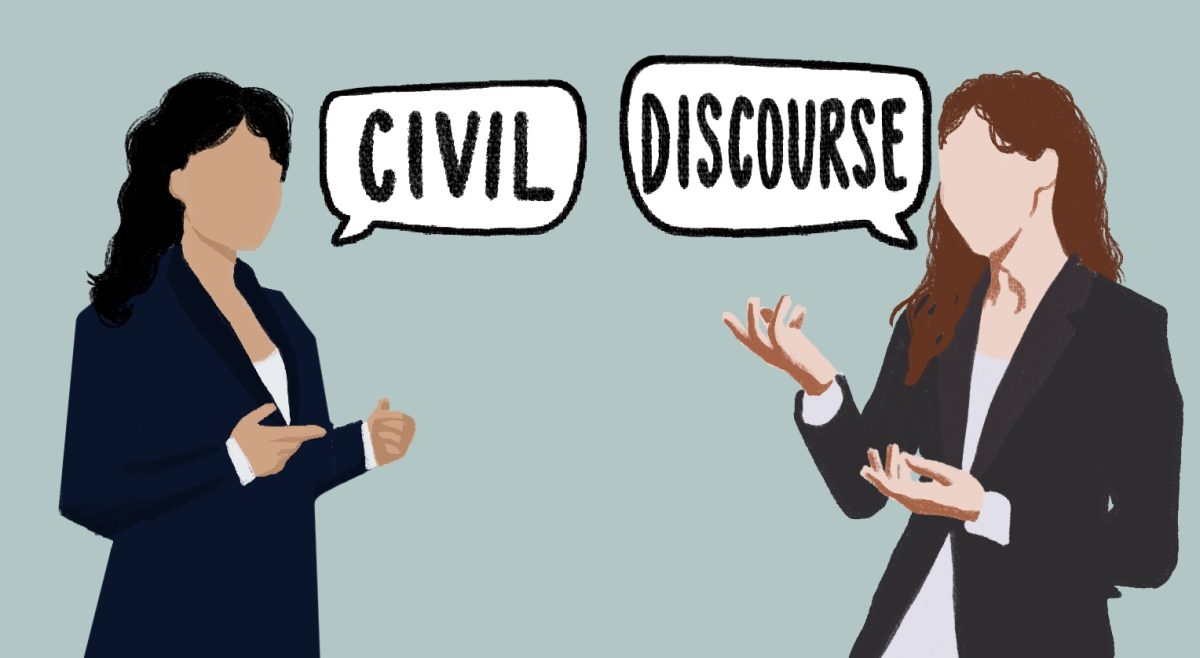As humans, we always look up to our elders as role models. And, other than our parents, which adults do kids spend the most time with? Teachers.
But, boys don’t see nearly enough male teachers. Female teachers outnumber male teachers three to one in the U.S. K-12 education system. And when looking at the figures for elementary school teachers, the divide is even more dramatic: Men make up only 19.5 percent.
To find out more about this issue, I spoke with Associate Dean of the Lynch School of Education and Human Development Julia DeVoy. She kindly referred me to five male LSEHD graduates who were happy to speak with me on the topic.
“When I was a kid, if you asked me to draw a doctor, I would’ve drawn a man, a white man,” DeVoy said. “We’ve moved a long way away from that, with doctors and engineers and all kinds of things. We haven’t moved away from that go-to stereotype with elementary school teachers.”
So, why do we need more male teachers in the K-12 system? The answer lies in the increasing disparities between boys and girls in the classroom.
At all levels of education, girls have easily surpassed boys’ performance. When Title IX was introduced in 1972, men earned 13 percent more bachelor degrees than women each year. By 2019, that had flipped, with women leading men by 15 percent. In addition, girls represent two-thirds of the top 10 percent of GPAs at the high school level. From these statistics alone, it is clear that boys’ achievements in the classroom are seriously diminishing.
Beyond classroom performance, boys are struggling to find good examples of how to behave in and out of the classroom.
“If you have positive role models in your community, whether that be from teachers, whether it be from coaches, or maybe a neighbor, or some other adults in your life, they’ll look to them to model their behavior,” said Evan Warns, BC ’22, who now teaches at the Dexter Southfield School. “But they’re not getting great role models shown because they’re lacking those male teachers.”
Critics argue that efforts to get more men in teaching professions divert attention away from initiatives designed to increase female participation in male-dominated fields. But, the problems behind traditional gender roles and lost opportunities between men and women are not a zero-sum game. Both inequities are important, and we can have space in the national dialogue for both men’s and women’s issues in employment.
As role models and mentors, male teachers can leave a profound impact on their students. The more male teachers we have, the more young boys can see themselves in that role—and the more male teachers we have in the next generation. The potential for a positive feedback loop is undoubtedly there, but for now, we have the opposite cycle.
“I think it is nice for the boys to have an opportunity to see a male figure in the classroom,” said Bryan Paula Gonzalez, BC ’19, who now teaches in the Boston Public Schools system. “Obviously they can talk to all of their teachers about any issues that are coming up, but there might be issues they are maybe not as comfortable discussing with my co-teacher, who is a woman.”
It is extremely important for boys and young men to feel comfortable sharing their problems at school. Boys often struggle with mental health and behavioral issues because they lack a proper outlet to discuss their emotions. If teachers like Warns and Paula-Gonzalez can get even one male student to open up about their issues, they can make a serious impact as male teachers.
So the why is apparent—now, the question is how.
At BC, there are multiple factors dissuading men (and all students) from studying to enter the teaching profession.
We can’t forget the elephant in the room: tuition. It is difficult to reconcile the cost of a BC education when you know you will be underpaid and underappreciated working as a teacher. Raising teacher salaries across the country would incentivize more students to enter the profession—and ideally, more men would be included in this group.
That might not be enough to change the stigma. BC could also offer scholarships to men seeking to become teachers, helping to increase gender parity in teaching. On the local level, this may encourage more men to join LSEHD.
“When I was in Lynch, I’ve been in a class of 45 people, and I was maybe one of three men.” recalled Christian Egan, BC ’23 and LGSOE ’24, who plans on becoming a teacher.
This is a byproduct of a very real stigma, one that puts teaching and education toward the bottom rungs of the masculinity ladder. A man planning to become an elementary school teacher in the United States would likely have their masculinity questioned much more than, say, an investment banker.
“I do think there’s hope, though,” said Griffin Lawler, BC ’22, who pivoted from the teaching track. “Just as a culture, we’re becoming more open to people going into fields that are a little less expected, like men in teaching.”
No one can predict how the culture around male teachers will shift. But as a campus—and as a society—we should recognize and promote the positive roles that men can have as teachers.
Correction (Oct. 18, 2023 12:05 p.m.): This editorial was corrected from a previous version to reflect that the correct school name is the Lynch School of Education and Human Development, not the Lynch School of Education.













